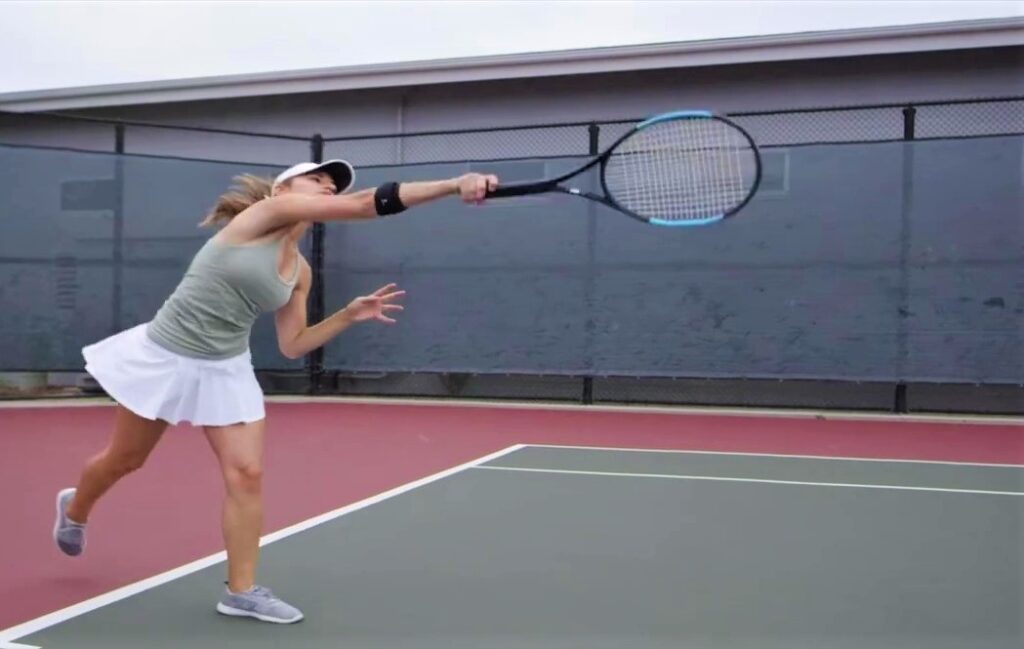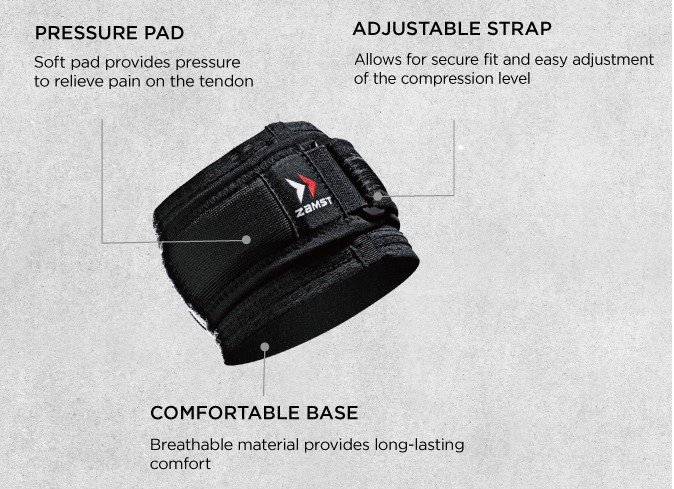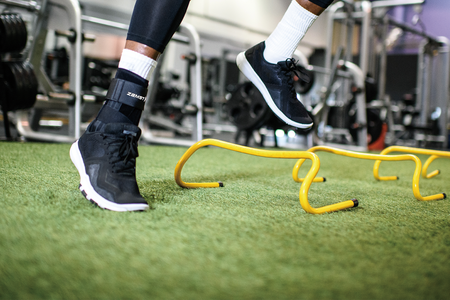Tennis elbow, otherwise known as lateral epicondylitis, is a painful condition that affects many people who frequently use their arms and hands for work, sports, or hobbies. It is caused by inflammation of the tendons that connect the forearm muscles to the elbow from repetitive gripping and wrist extension. It is often characterized by pain and tenderness in the outer part of the elbow.
One of the most effective treatments for tennis elbow is the use of an elbow band. This simple yet effective device can help to reduce pain and inflammation, improve circulation, and promote healing of the affected tendons. Counterforce bands may have better effects on pain in a younger population (<45 years old) over the short-term versus physical therapy.1 In this blog, we will explore the benefits of using the Zamst elbow band for tennis elbow and how to use it properly.
What is Tennis Elbow?
Before we discuss how an elbow band can help with tennis elbow, let’s first understand what the condition is. Tennis elbow, also known as lateral epicondylitis, is a type of injury that affects the tendons on the outside part of the elbow. It is primarily caused by repetitive motions of the wrist and forearm, which can lead to inflammation of the wrist extensor tendons connecting into the elbow leading to pain.
People who engage in activities that require a lot of gripping and twisting motions, such as playing tennis, or using tools like a hammer or screwdriver, are at higher risk of developing tennis elbow. It can also affect people who spend long hours typing on a computer or using a mouse which is most of the general population.
Symptoms of tennis elbow include pain and tenderness on the outer part of the elbow, weakness in the forearm and grip, and difficulty performing everyday activities like gripping objects or lifting weights. It often makes playing sports like tennis unbearable when people are in the acute stage. If left untreated, tennis elbow can become chronic and significantly impact the quality of life of the affected person.
How can the Zamst Elbow Band help with Tennis Elbow?
An elbow band, also known as an elbow strap or counterforce brace, is a device that is worn around the forearm just below the elbow. It works by applying pressure to the tendons in the affected area, which can help to reduce pain and allow someone to perform an activity with less discomfort.
Three benefits of using an elbow band for tennis elbow
- Reduces pain
The pressure applied by the elbow band can help reduce pain by dispersing the force to the tendons with the pressure pad. It also helps to improve blood flow to the area, which can promote healing.
- Improves grip strength
Tennis elbow can cause weakness in the forearm and grip, which can make it difficult to perform everyday activities. By using a counterforce brace, it will help support the tendons near the elbow, preserving grip strength.
- Prevents further injury in younger population (<45 years old)
Wearing an elbow band during early symptoms is a reasonable strategy to alleviate pain and reduce likelihood of further injury over the short term.1 This also allows athletes to continue playing their sport while they are being treated for tennis elbow.
How to use and Elbow Band for Tennis Elbow

Using an elbow band for tennis elbow is simple and straightforward. Here are some tips on how to use it properly:
1.Position the band correctly
The elbow band should be positioned around the forearm just below the elbow, with the pressure pad on the outer part of the arm. Make sure that the band is snug but not too tight, as this can restrict blood flow.
2. Adjust the tension
The tension of the elbow band should be adjusted to provide the right amount of pressure to the affected area. This may require some trial and error to find the optimal level of compression.
3. Wear during activities
The elbow band should be worn during activities that can aggravate tennis elbow, such as playing sports or performing manual labor. It can also be worn during everyday activities to provide support and reduce pain.
4. Remove when not needed
The elbow band should be removed when not needed, such as during periods of rest or sleep.
The Zamst elbow band is designed for precision and comfort to relieve common pain from lateral epicondylitis. Three ways the Zamst Elbow brace separates from its competitors.

- Pressure pad: Soft pad provides pressure to disperse force and relieve pain
- Comfortable base: Breathable material providing long-lasting comfort
- Adjustable strap: Allows for a secure fit and easy adjustment of the compression level
Tennis elbow can happen to athletes, deskbound workers, grocery clerks, and almost anybody in between. One thing we know is that if pain starts it’s best to take care of it before it gets worst. Bracing can be a great option for prevention, early stages of tendonitis or late stage recovery and return to the tennis court. Zamst offers a great solution with the Zamst elbow band. Zamst provides a blend of comfort, breathability and practical application. Don’t let pain be something that prevents you from being on the tennis court and accomplishing your goals.
ABOUT THE AUTHOR
EVAN JEFFRIES is a physical therapist with a Doctorate in Physical Therapy (DPT) from the University of St. Augustine for Health Sciences. He is also the owner of Evolving Motion and has vast knowledge of the musculoskeletal system and has treated many orthopedic conditions by bringing a proactive approach to healthcare and lifestyle. Recently he has also been active on social media as an injury analyst mainly in related to injuries NBA players have sustained. Evan can be followed on his social media accounts.
- Shahabi S, Lankarani K, Heydari S, Jalali M, Ghahramani S, Kamyab M, Tabrizi R, Hosseinabadi M. The effects of counterforce brace on pain in subjects with lateral elbow tendinopathy: A systematic review and meta-analysis of randomized controlled trials. Prosthetics and Orthotics International. 2020; 1-14.






